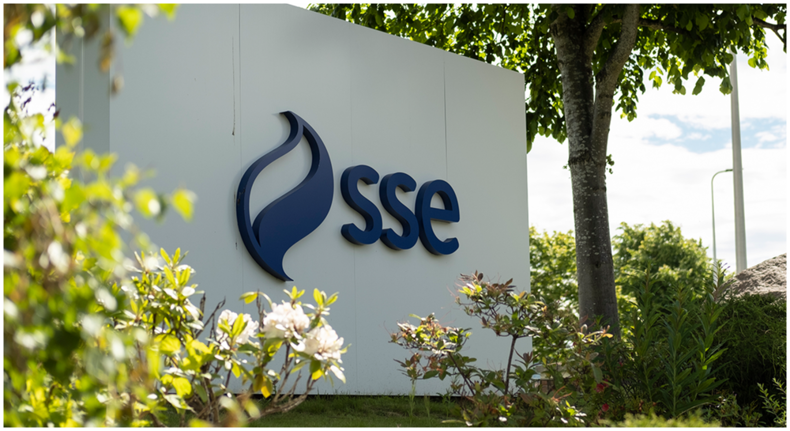
SSE PLC has published details of its full year 2024/25 results – outlining record investment in energy infrastructure over the last year.
As the leading UK-based electricity infrastructure company, SSE committed a record £2.9bn in investment in this period.
Setting out its results for the 2024/25 financial year, the Group has confirmed:
- Adjusted operating profit of £2,419m.
- Adjusted earnings per share of 160.9p, in line with guidance.
- A revised capex programme of around £17.5bn over the five years to 2027.
- Providing more than 1,000,000 customer with electricity and energy services.
- Contributing more than £7.9bn to the UK economy
In 2024/25, SSE Thermal and Gas Storage reported an adjusted operating profit of £211.4m decreasing from £835.5m from the previous year. This decrease was in line with expectations set out at the start of the financial year and was principally driven by lower spark spread prices and significantly lower market volatility due to continued normalisation of energy prices. This reflects a return to more typical market conditions, compared to the exceptional highs of recent years.
All of SSE Thermal’s flexible generation assets are fully contracted until 2029 through respective capacity auctions in GB and Ireland, demonstrating the continued role for these assets in supporting a secure system, decarbonising while keeping the lights on. With the UK Government’s Clean Power Plan seeing a need for around 35GW of unabated thermal plant on the system into the 2030s, SSE Thermal’s existing assets are now expected to continue playing a crucial role at least until 2035.
In 2024/25, construction and commissioning of Slough Multifuel (55MW) was completed in August 2024 and in Ireland, construction of a 150MW Temporary Emergency Generation unit at Tarbert was delivered at the request of Irish authorities. The unit is now available to the system and will only be utilised when market-sourced generation is insufficient to meet system needs. Further commitments across Ireland have been made as a final investment decision has been made on SSE Thermal’s Tarbert Next Generation project, backed by a 10-year Irish capacity agreement, with construction due to start this year.
The business continues to advance its low carbon priorities, with the Aldbrough Hydrogen Pathfinder project being the first UK hydrogen-to-power project to receive planning consent. The innovative approach would encapsulate hydrogen production, storage and power generation in one location, providing an evidence base for wider deployment of essential flexible hydrogen power in the UK.
SSE Thermal’s decarbonisation ready developments are also progressing, with planning expected to be submitted later this year for Keadby Next Generation Power Station. The site is being designed to run on 100% hydrogen but will have the capability to run on natural gas if the system requires it.
In GB, the business continues to focus on carbon capture and storage technology, with the UK Government’s Comprehensive Spending Review expected to provide an update on further deployment of carbon capture technology. SSE Thermal has strong options at Peterhead and Keadby for carbon capture power stations, which could be an essential part of the technology mix needed to deliver net zero.
"SSE continues to prove the benefits of a portfolio that is built to withstand risk and uncertainty and a strategy that is focused on creating sustainable value. We have met our financial goals for the year and evolved our investment plans to reflect the changing world around us – leaning into the opportunities presented in networks and redoubling our capital discipline across our energy businesses.
Alistair Phillips-Davies - SSE Chief Executive
“We are particularly well placed to contribute to future energy systems in our home markets built on renewables, networks and flexibility. This opportunity, alongside our balance sheet strength and the increased proportion of index-linked revenue we anticipate, gives us every confidence in our FY27 target of 175-200p earnings per share and sustainable growth to 2030 and beyond."

